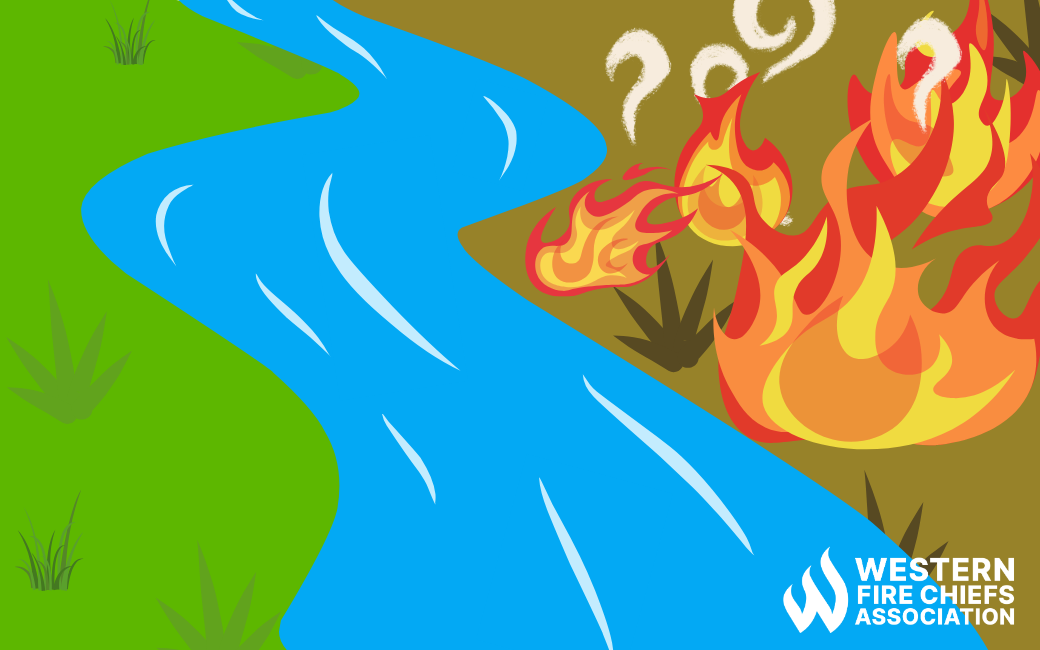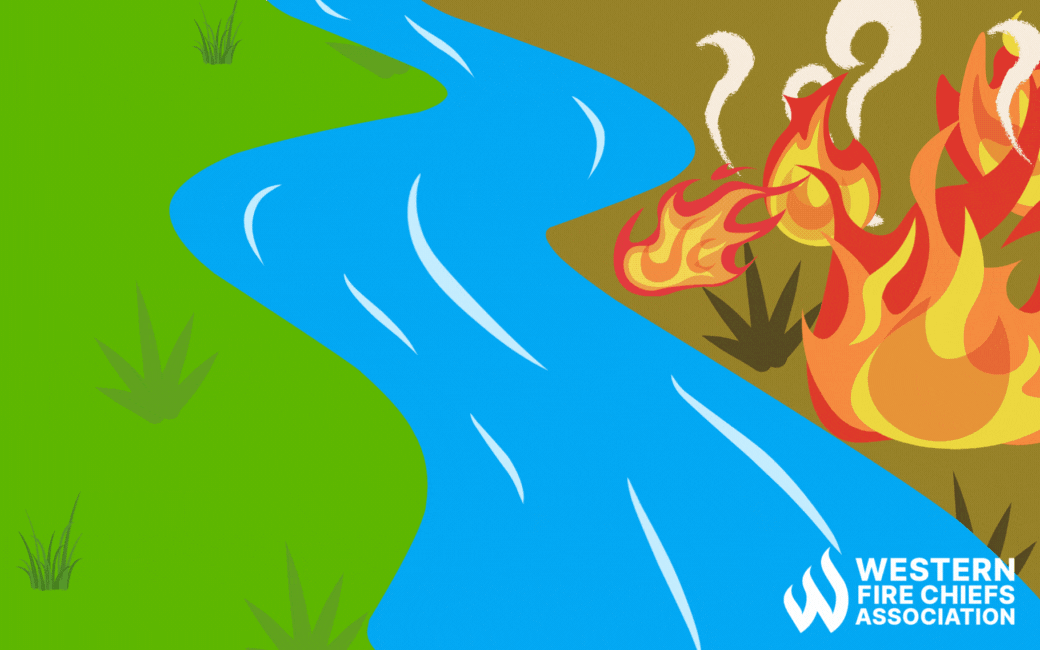Fire Pit Safety Tips
Stay safe around the campfire with tips from the Western Fire Chiefs Association. Learn essential precautions and practices for a worry-free outdoor campfire.
Discover the power of firebreaks in wildfire management. Learn how these strategic barriers can help control and mitigate wildfire spread with guidance from the WFCA.
Published:November 14, 2023
Edited:March 1, 2024

Discover the power of firebreaks in wildfire management. Learn how these strategic barriers can help control and mitigate wildfire spread with guidance from the WFCA.
Firebreaks are important tools in managing wildfires and prescribed burns. They are strategically placed barriers that help control the spread of fires by removing or reducing the amount of flammable material in their path. Firebreaks act as defensive lines, preventing the fire from crossing and reaching vulnerable areas, such as homes or infrastructure. By creating these breaks, firefighters gain better control over the fire’s movement, allowing them to focus their efforts on containing and extinguishing it.
To prevent the spread of wildfires and control prescribed burns, a firebreak is created. A firebreak can be a barrier of fire-resistant vegetation, non-flammable materials, or exposing the bare ground to halt the growth and to stop the fire from escaping the burn unit. Some firebreaks are permanent, such as a forest road, which can be used as a firebreak.1
There are several firebreaks that can be used to prevent the spread of fires. The firebreak that is used depends heavily on the terrain where the wildfire or prescribed burn is located. There are three categories of firebreaks: Natural, Existing, or Constructed. Each of these categories have several different firebreaks that can be used:
Stream, River, and Lake Firebreaks: As long as the body of water is wide enough, it can serve as a natural firebreak where the fire will be not able to cross to the other side.
Wet or Damp Vegetation: Wet or damp vegetation is not able to burn. Smoldering may occur but will ultimately burn out and stop the spread of the fire.2
Cultivated Fields: Cultivated fields or crop fields do not contain any flammable vegetation, making them safe for prescribed burning.
Roads: Paved or dirt roads, like the forest road previously mentioned, make great firebreaks due to the width and lack of fuels available to continue driving the fire.2
Dozed or Scraped: Bulldozers or a road grader are used to remove the top layer of fine fire fuel so the soil beneath is expose and nothing is left to feed the fire.2
Hand Lines: When an area is too steep for equipment, hand lines are used for firebreaks. As the name suggests, hand lines are created using hand tools such as shovels and involves a lot of manual labor, thus should only be used for short distances.2
Mowed Line/Wet Lines: Mowed lines are used when paired with wet lines. The perimeter of the burn unit is mowed as short as possible while water is sprayed just on the inside of the perimeter.
Disked: Disking can also be used with mowed lines. The best method suggests creating a mowed line first then go through and disk the firebreak.2

The width of firebreaks can vary. Mostly commonly, firebreaks are between 10-60 feet wide. Ultimately, the size depends on the terrain and weather. In light winds, a walking trail can be used as a firebreak.3
When planning a firebreak strategy, it’s crucial to factor in the terrain. Analyze the slopes and hills in the area to determine where a fire may travel. This will help with the layout of a firebreak. Maintenance is also a factor to consider. If a mowed line is being used, it must be regularly maintained to prevent the vegetation becoming overgrown, which can render it ineffective.
Stay safe around the campfire with tips from the Western Fire Chiefs Association. Learn essential precautions and practices for a worry-free outdoor campfire.
Discover essential firework safety tips to ensure a dazzling display without accidents. Learn how to celebrate responsibly with expert guidance from WFCA.
Explore the role of AI in wildfire prediction with guidance from the WFCA. Learn how advanced algorithms and data analytics enhance early detection and response.